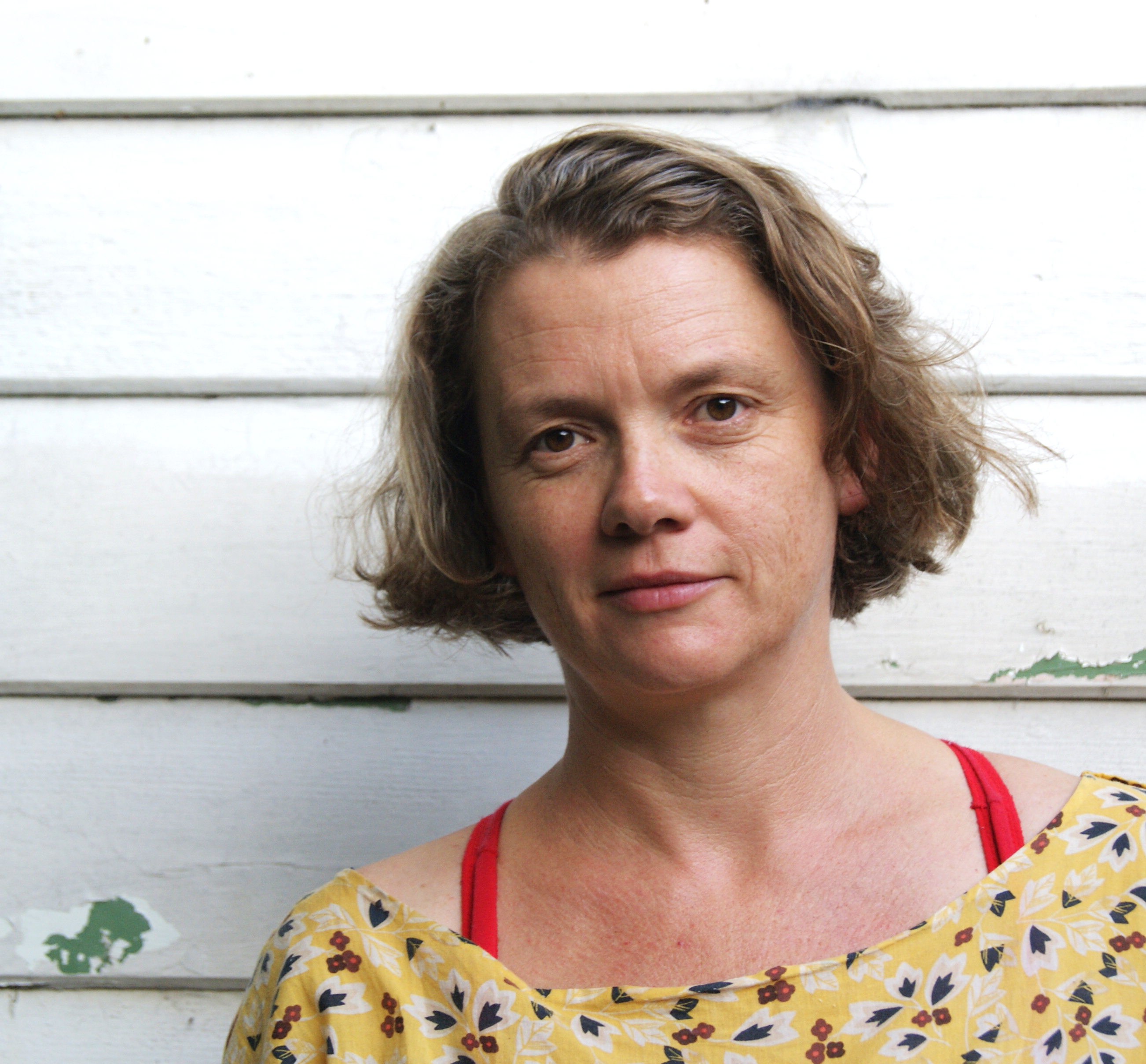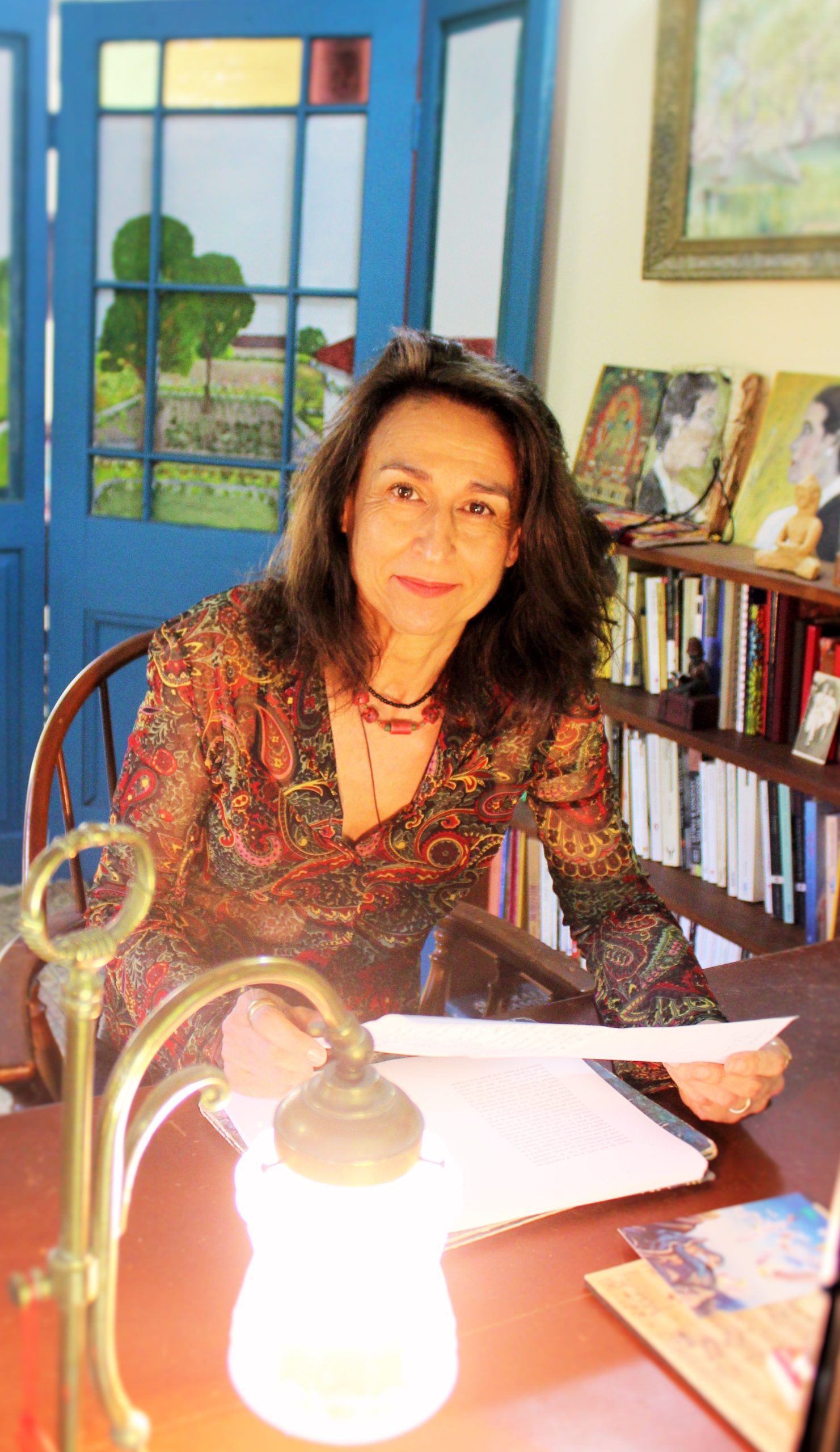Why was Life Before Man created?
Primarily to offer a quieter space for poetry. Much of the visual clutter is removed from the book – inside and out. There’s no pagination, poems are given more space with blank versos, no introductions, no bios, no testimonials, or title on the cover. That sort of thing. I told Gazebo I wanted to treat the double page spread like a Chinese handscroll, or at least each poem. Poetry needs the reader’s attention. It’s not only for some people, poetry is for everyone, quite literally. But it does require a resting space. I don’t mean a library, or under some tree. I mean a resting space in the page. Poetry needs to be set so the reader doesn’t feel compelled race ahead. I and Gazebo have tried to create that space.
All your covers are distinct, but do you have an overarching aim?
I do. I try not to give any thought about ‘art’ or ‘good practice’ or ‘meaning’ or ’emotion’. All those things I have no control over, I don’t believe anyone does. I hope that each cover somewhat carries that empty thoughtfulness.
What is most important to understand or consider when you are designing a cover?
Because making pictures is such an impractical thing to do, the only thing that matters, to me, is if the picture holds my attention. I don’t think of them as covers for books. I know they might be used for books covers, but I don’t make paintings with any book titles or poets in mind.
Where do you draw inspiration for your covers?
In my own way I draw inspiration from poetry – not poems – but the behaviour of poetry. Pictures are obviously a departure from words, but they do have places where they overlap – kind of.
What is the most challenging part of designing a cover?
When the book is printed the poet doesn’t hate it.
What is the most pleasurable part of designing a cover?
It’s an honour to stand so close to poetry.
Can you give an example of how a cover of yours has complemented or complicated the contents of a book?
The cover for Ken is probably a useful example. The cover is a painting of a balloon. I made the painting a few years before I was given the manuscript – Ken – by Anthony Lawrence. I just thought the smooth rubbery might prepare the reader for a poem about a plastic Ken doll. And the tied knot on the inflated pink balloon in the picture had an umbilical cord cum womb feel. Not that the poems is about any of these things, but it kind of is, and isn’t. But I feel the poem is more a about frailty that it is about an actual doll or an actual balloon, but both of these are in their own way are about frailty.
Some of your covers are quite abstract (Alcatraz, Typewriter, There Might be a Moon or a Dog) whereas others feature clearer, stranger entities (Foundlings, Ken, Purgatorio Re-placed). What have you tried to manifest with each style?
All the covers are quite ordinary things: Alcatraz has picture of an upturned table and a soap bubble; Typewriter – picture of a water pistol; There Might be a Moon or a Dog – busted tennis ball. While others, like Purgatorio Re-placed has a bunch of things sharing the same space: a rope, an egg, a cloud and the sun, a blue sky, possibly a busted termite mound, maybe some stalagmites & stalactites, maybe a green balloon and avocado to form a thing. They’re all just things.
Did some artworks take more time to produce than others? Why?
Yeah, some just take longer because they just need more attention to get them to where they lead me. It’s hard to explain. Because I’m painting from memory, I’m not really guided by anything other than whatever is oscillating around in my head. I often have a basic idea, for example, I want to paint a picture of a lawn mover – an old Victa lawnmower, so I bought one second-hand and sat it in my studio floor while I finished off other paintings. Occasion I’d look at it, maybe make a sketch of it. And when the time came, I put the lawnmower out I’d sight and began painting. The finished painting doesn’t look anything like a lawnmower – it looks more like a toy truck or a roller-skate. That painting has about eight paintings underneath the finished one. In the beginning it looked like a lawnmower and the painting was about the lawnmower. But it’s now some sort of giant wheeled thing travelling under a cloud. I never intended to paint it like that, but that’s where it finished.
When do you feel that an artwork is finished?
That’s a really difficult question. Possibly when it surprises me. Not with one ‘original’ picture, more by the picture taking its own direction. Not sure if this makes much sense, but I try not to build pictures, I try to grow them, let them try to take their own shape.





